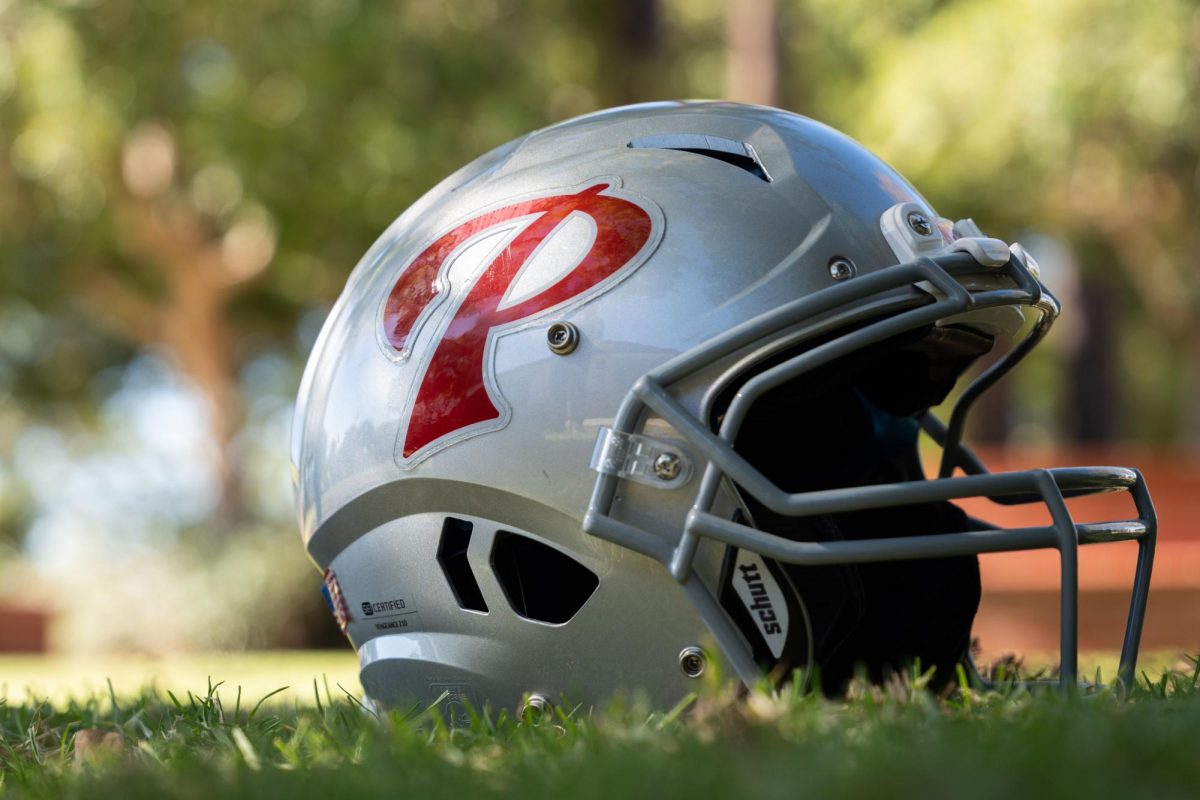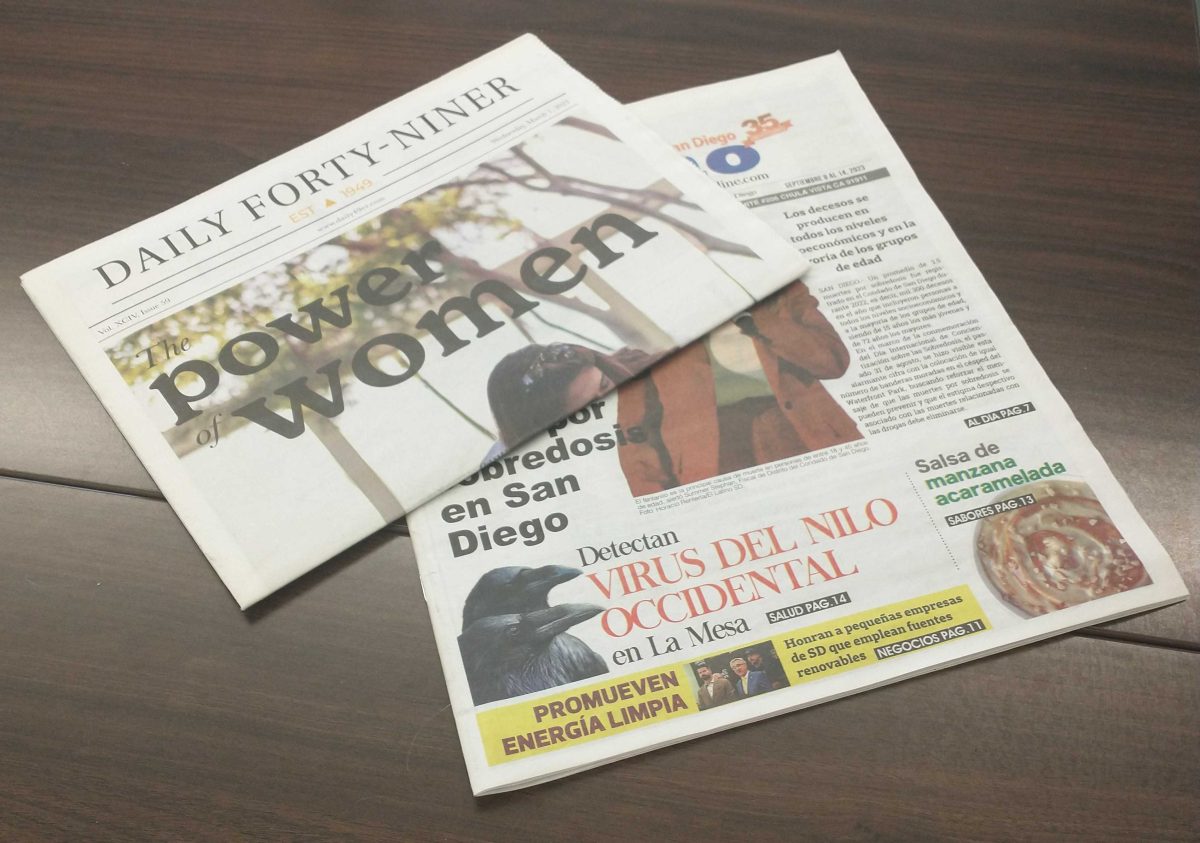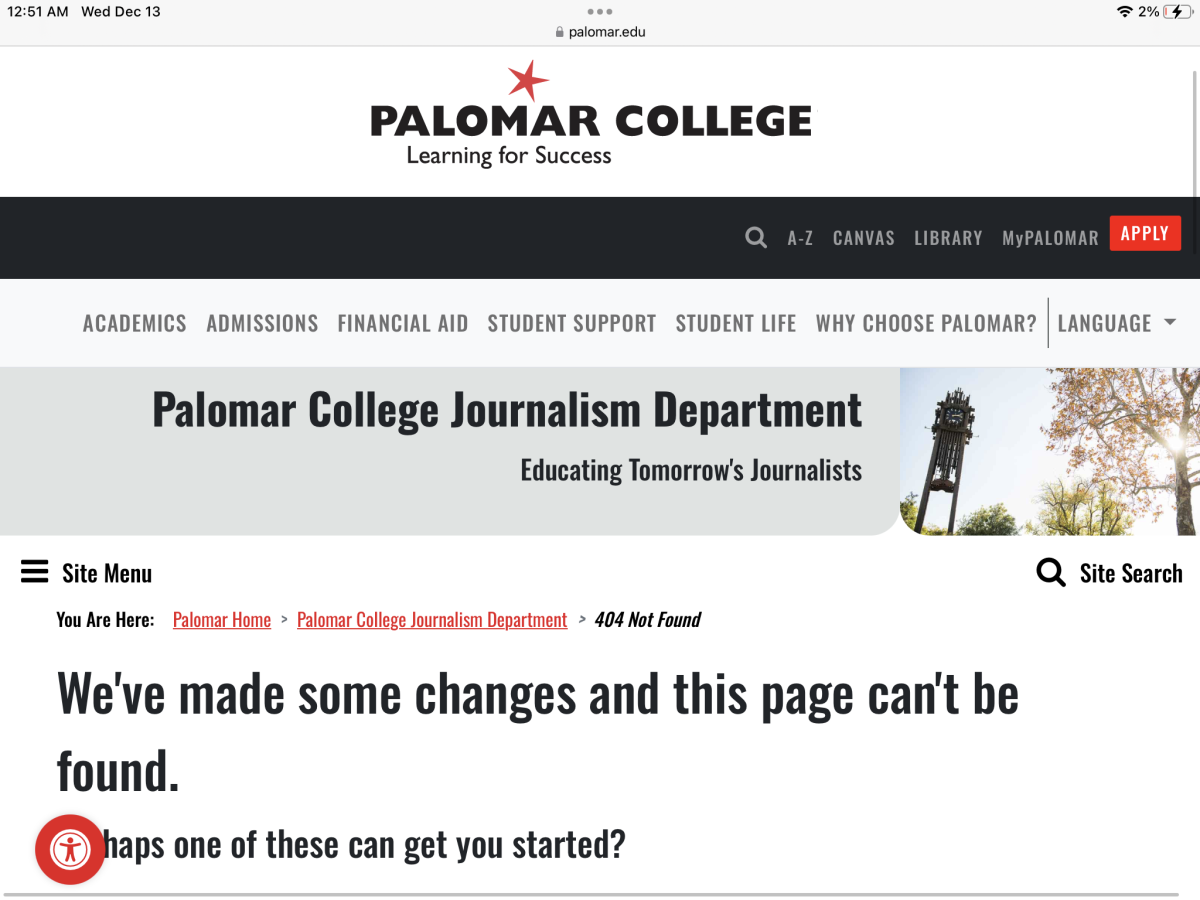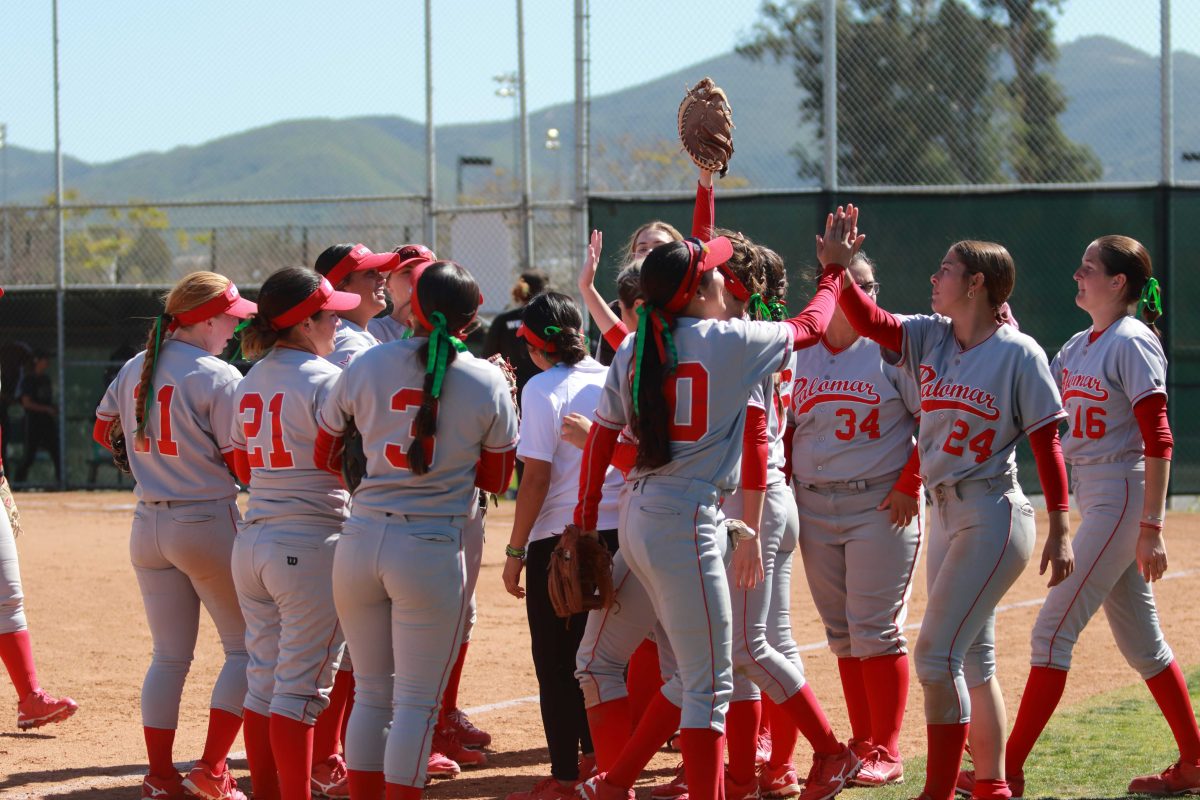Physical Newspapers are beginning to be phased out in favor of digital news, but they are still worth printing.
Newspapers have been around for a long time. However, in today’s modern world, they are being tossed out for online articles. Decreased demand has meant that printing a paper is now less profitable than ever, due to rising costs. However, newspapers should still have a place alongside digital news.
Newspapers have a long history, believed to date back to the ancient Romans. The Acta Diurna, Latin for ‘daily doings,’ chronicled local politics, events, births, and deaths, similar to the papers of today.
However, newspapers didn’t become widespread until the invention of the printing press. By the late 1600s papers had sprung up all across Europe. However, papers were expensive and were reserved for the elite and wealthy.
It wasn’t until the 1800s that newspapers tapped into the market of the average consumer. Smaller, cheaper papers started delivering stories everyday people cared about, such as police reports.
While newspapers are less convenient than digital news, digital prints have some distinct advantages. They cannot be altered or destroyed after being shipped to customers. Newspapers can be easily archived and looked at even if a paper goes out of business. Today, many libraries preserve old newspapers.
Newspapers also have cultural significance. Newspapers have shown up in many movies and TV shows to set a scene. It is common for loved ones to cut out the obituary of a loved one from a local paper when they pass away. Papers can be used if you need to spray paint something on a surface you don’t want marked or used for paper mache.
Newspapers may be in less demand, or less profitable, but newspapers should have an obligation to allow readers to read a physical paper if they choose. They are the soul of modern journalism. When people think of the news, they think of a newspaper. As such, physical newspapers should be protected.


































































